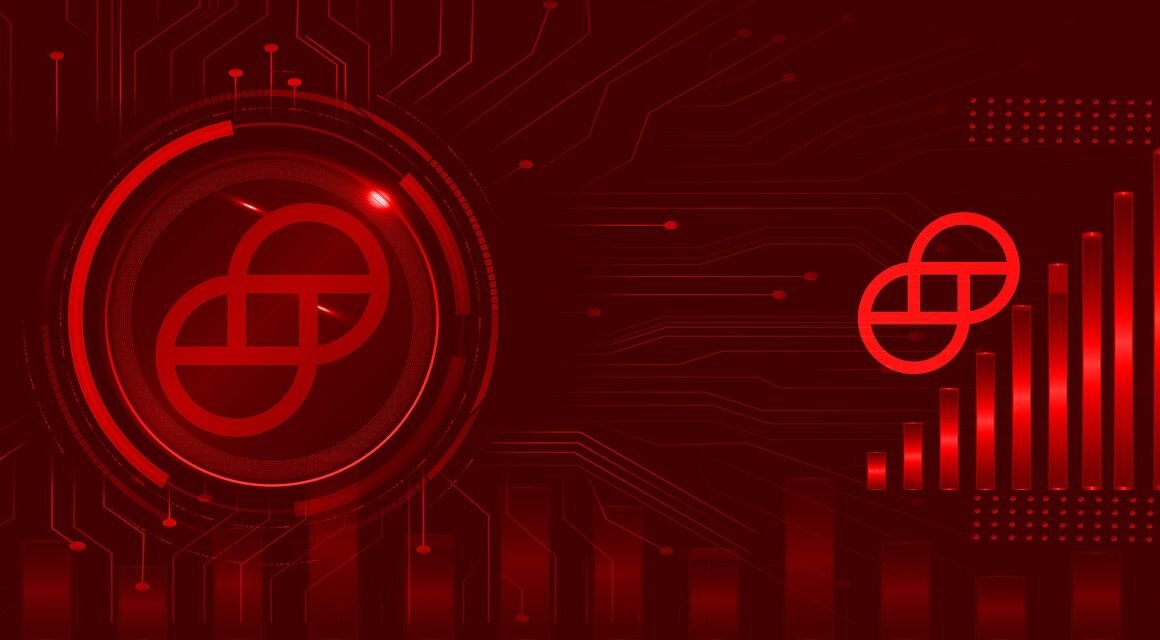Imagine a bustling city where countless workers are tirelessly solving complex puzzles. The faster and more efficiently they work, the more secure and reliable the entire city becomes. In the world of cryptocurrency, this “city” is the blockchain, and the “workers” are miners using their computing power, measured by something called “hash rate,” to solve complex cryptographic equations. But what exactly is hash rate, and why is it so important? Let’s dive in and explore the crucial role hash rate plays in the security, efficiency, and overall health of blockchain networks.
What is Hash Rate?
Defining Hash Rate
Hash rate is a fundamental concept in blockchain technology, particularly for cryptocurrencies that use Proof-of-Work (PoW) consensus mechanisms, like Bitcoin. Essentially, hash rate measures the computational power being used by miners on a network to solve complex cryptographic problems. This process is necessary to validate transactions and create new blocks on the blockchain.
Think of it as the speed at which miners are attempting to guess the correct solution to a puzzle. The more guesses (hashes) they can make per second, the higher the hash rate, and the greater their chances of solving the puzzle and earning cryptocurrency rewards.
Units of Measurement
Hash rate is typically measured in hashes per second (H/s), but because blockchains like Bitcoin involve extremely large numbers, it’s often expressed in larger units:
- KH/s (Kilohash per second): 1,000 H/s
- MH/s (Megahash per second): 1,000,000 H/s
- GH/s (Gigahash per second): 1,000,000,000 H/s
- TH/s (Terahash per second): 1,000,000,000,000 H/s
- PH/s (Petahash per second): 1,000,000,000,000,000 H/s
- EH/s (Exahash per second): 1,000,000,000,000,000,000 H/s
For example, the Bitcoin network currently operates at an exahash level, highlighting the enormous computational power dedicated to securing the blockchain.
Practical Example: Bitcoin Mining
Imagine Alice is a Bitcoin miner. She uses specialized hardware (ASICs) to generate billions of hashes per second. This means she’s constantly trying to find the correct “nonce” – a number that, when combined with the block’s data and hashed, produces a hash that meets the network’s target difficulty. The higher Alice’s hash rate, the more quickly she can iterate through different nonces, increasing her odds of finding a valid block and earning Bitcoin.
The Importance of Hash Rate in Blockchain Security
Securing the Network
A high hash rate is crucial for the security of a Proof-of-Work blockchain. It makes the network more resistant to attacks, particularly a 51% attack.
What is a 51% Attack? A 51% attack occurs when a single entity or group controls more than 50% of the network’s hash rate. This allows them to:
- Double-spend their cryptocurrency: Reverse transactions to spend the same coins twice.
- Prevent new transactions from being confirmed: Censor legitimate transactions.
- Modify the blockchain’s history: Potentially rewriting past blocks.
A high hash rate makes a 51% attack significantly more difficult and expensive. An attacker would need to acquire an immense amount of computing power, making the attack economically unfeasible.
Preventing Malicious Activity
When the overall hash rate is high, any individual miner’s influence on the network is diminished. This decentralization of power makes it harder for any single entity to manipulate the blockchain for malicious purposes. The larger the number of miners contributing to the network, the more secure it becomes.
Actionable Takeaway:
Pay attention to the hash rate of any cryptocurrency you invest in. A consistently high hash rate indicates a robust and secure network, providing greater confidence in the security of your holdings.
Factors Affecting Hash Rate
Mining Hardware
The type of hardware used for mining has a direct impact on hash rate. In the early days of Bitcoin, miners used CPUs and GPUs. However, as the network’s difficulty increased, specialized hardware called ASICs (Application-Specific Integrated Circuits) became necessary.
- CPUs (Central Processing Units): Offer low hash rates and are no longer profitable for mining major cryptocurrencies.
- GPUs (Graphics Processing Units): More powerful than CPUs and were initially popular for mining.
- ASICs (Application-Specific Integrated Circuits): Designed specifically for mining a particular cryptocurrency, offering the highest hash rates and energy efficiency.
Mining Difficulty
Mining difficulty is a dynamic parameter that adjusts periodically based on the network’s hash rate. It ensures that blocks are created at a consistent rate, regardless of the overall computational power. If the hash rate increases, the difficulty also increases to maintain a stable block creation time. Conversely, if the hash rate decreases, the difficulty decreases.
For example, Bitcoin aims to create a new block approximately every 10 minutes. If the average block creation time drops below 10 minutes due to increased hash rate, the difficulty will adjust upwards to bring the block creation time back to the target.
Energy Costs and Efficiency
Mining is an energy-intensive process. The cost of electricity is a significant factor that affects a miner’s profitability. Miners often seek locations with low energy costs to maximize their earnings. Energy efficiency is also crucial; more efficient hardware can generate more hashes per watt, improving profitability.
Monitoring Hash Rate and Network Health
Using Blockchain Explorers
Blockchain explorers are online tools that provide detailed information about a blockchain, including its hash rate. You can use them to monitor the current and historical hash rate of a network like Bitcoin, Ethereum (prior to the merge), or Litecoin.
Examples of Blockchain Explorers:
- Blockchain.com
- Blockchair.com
- Etherscan.io (for Ethereum)
Analyzing Hash Rate Trends
Tracking the hash rate over time can provide insights into the overall health and stability of a blockchain. A consistently increasing hash rate typically indicates growing interest and investment in the network. A sudden or significant drop in hash rate could signal potential security concerns or economic challenges for miners.
Impact on Transaction Fees and Confirmation Times
Hash rate indirectly impacts transaction fees and confirmation times. A higher hash rate allows the network to process more transactions, potentially leading to lower fees and faster confirmation times. Conversely, a lower hash rate can lead to network congestion, resulting in higher fees and slower confirmation times.
Conclusion
Hash rate is an indispensable metric for understanding the health and security of Proof-of-Work blockchain networks. A robust hash rate not only protects the network against potential attacks but also ensures its stability and efficiency. By monitoring hash rate trends and understanding the factors that influence it, participants in the cryptocurrency ecosystem can make more informed decisions about investments, security, and the overall viability of different blockchain projects. Keeping an eye on this vital indicator is key to navigating the ever-evolving world of blockchain technology.



